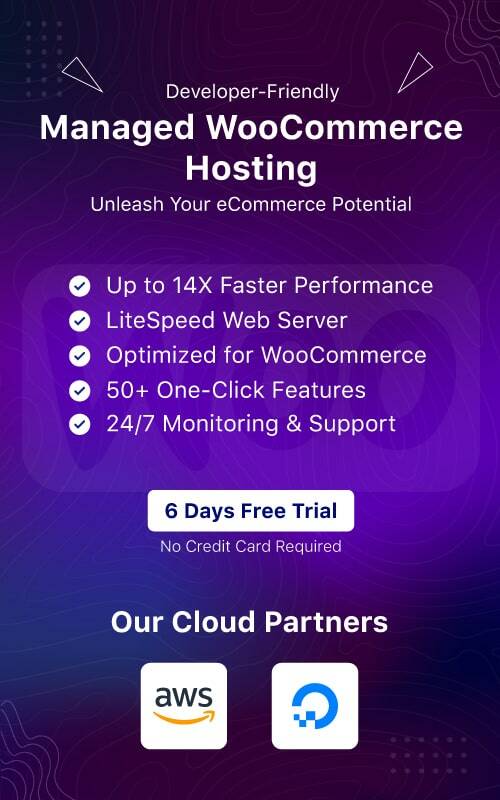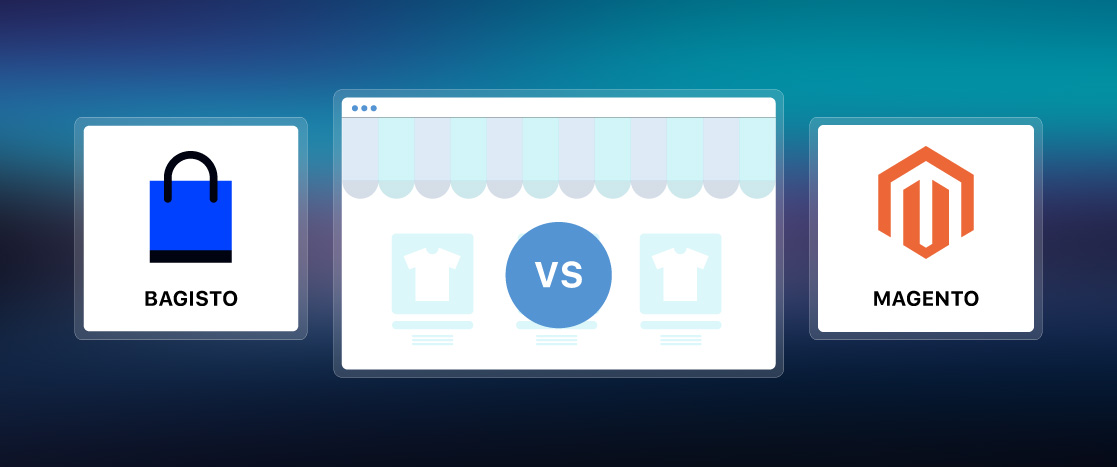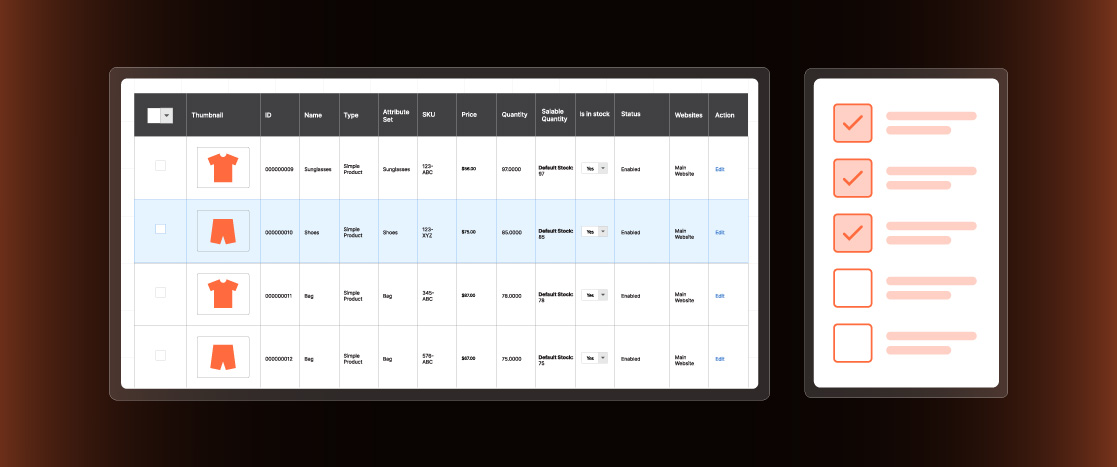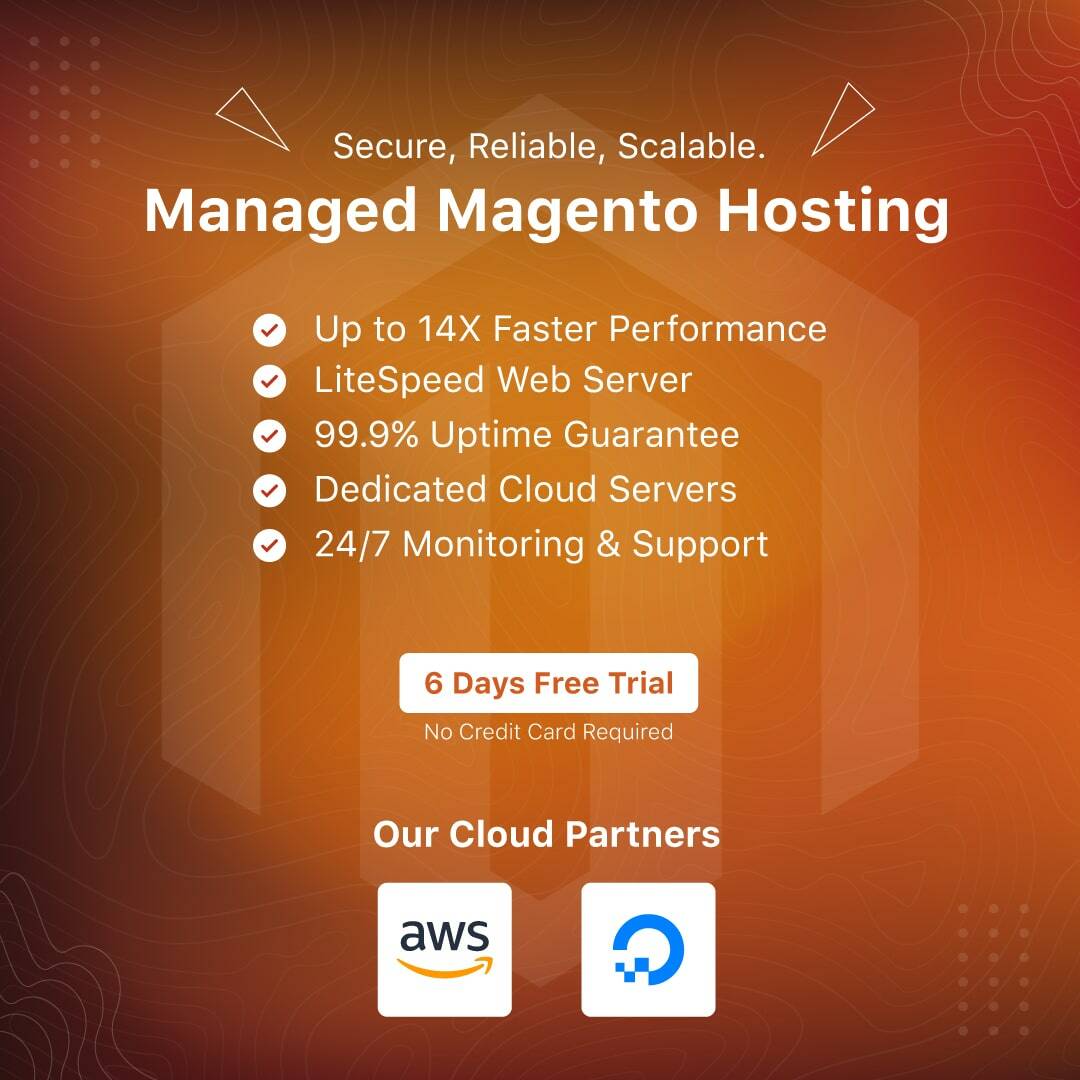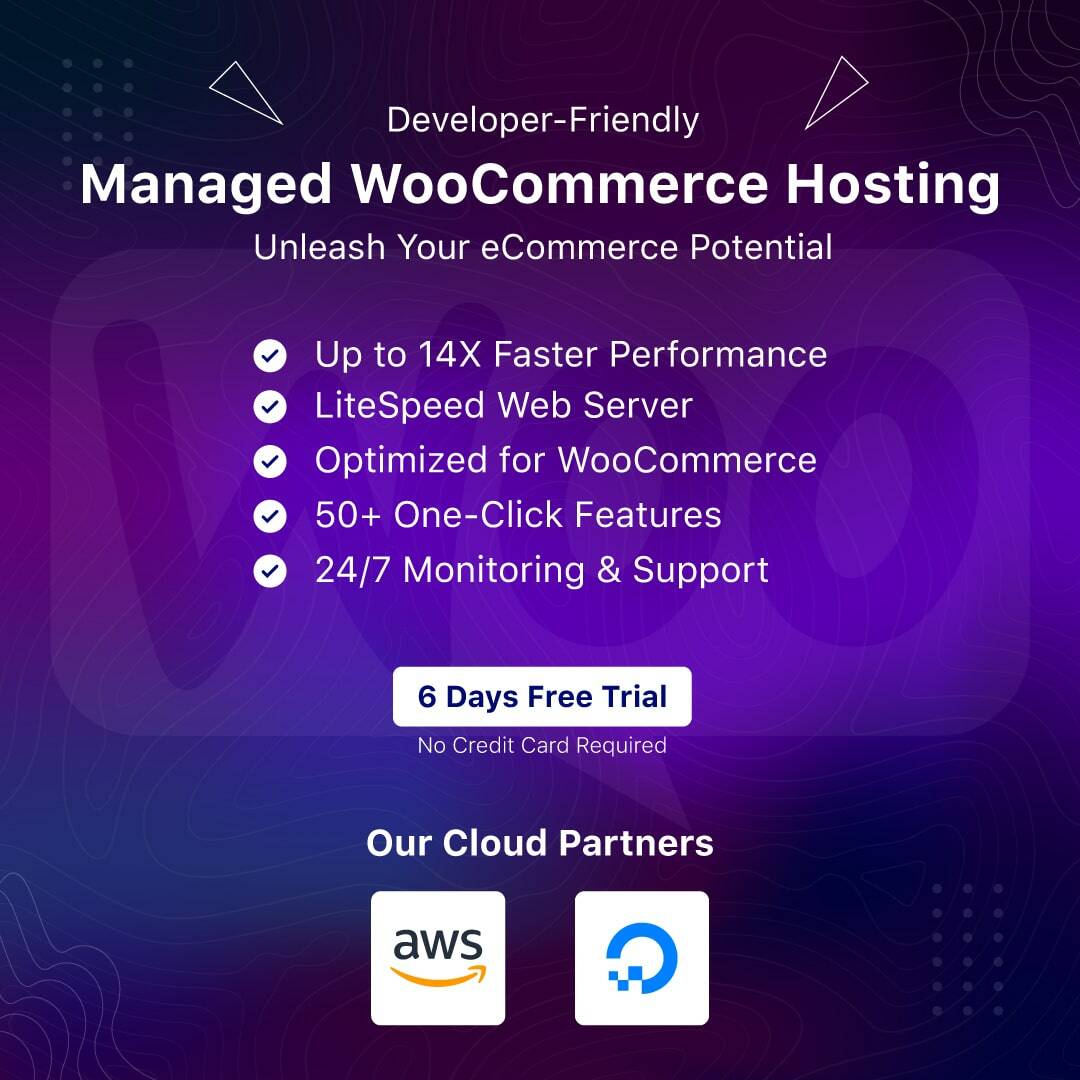
WooCommerce vs Magento vs Shopify: Which is your best ecommerce platform in 2024?
Many businesses are looking to set up online stores, with ecommerce growing every year. Choosing the right ecommerce platform is essential to create a site that meets all your business, functional, and budget needs. In 2024, WooCommerce, Magento, and Shopify will remain among the most popular and influential ecommerce solutions.
But which one is right for your business? WooCommerce is an open-source WordPress plugin with unlimited flexibility and customization options. Magento is an enterprise-grade platform built specifically for ecommerce, offering robust features for growth and scalability. Shopify provides an intuitive, all-in-one solution for anyone looking to launch and manage an online store quickly.
In this article, we’ll compare the strengths and weaknesses of these three prominent ecommerce platforms in 2024. Looking at factors like cost, features, ease of use, design flexibility, scalability, and more, we’ll help you determine which is the best fit to power your online store this year and beyond. Whether launching a small online boutique or building the next digital commerce empire, discover which platform emerges as the best ecommerce solution for your unique needs.
WooCommerce

WooCommerce is a WordPress plugin that allows users to set up an online store. As an open-source, customizable ecommerce solution, it enjoys excellent site design and functional flexibility. It also benefits from WordPress’s wide range of themes and extensions.
Pros:
- Free, open-source platform
- Highly customizable experience
- Numerous design templates and plugins
- Integrates well with WordPress sites
- Strong community support
Cons:
- It can be time-intensive to customize
- Dependent on WordPress site management
- Potential security and performance issues
- Not ideal for large enterprise stores
- Reliant on third-party support for some features
Magento

Magento is a widely used open-source ecommerce platform built on PHP. It offers robust features focused explicitly on scalable online shopping experiences like order management, marketing tools, SEO optimization, catalog design, and integrated payments. Magento is highly customizable with a vast module and themes ecosystem.
Pros:
- Highly scalable for growing businesses
- Advanced marketing and promotions capabilities
- Optimized for SEO right out of the box
- Hundreds of plugins and themes are available
- Granular control and customization options
- Built strictly for ecommerce functions
Cons:
- Significant learning curve for beginners
- Customization and setup can be complex
- Potential security vulnerabilities if not updated
- Requires technical resources to manage
- Expensive ecommerce-focused hosting needed
- Limited CMS functionality outside of shopping
Shopify

Shopify is an all-in-one commerce platform for launching and managing online stores and retail point-of-sale systems. Known for its ease of use, Shopify makes setting up an ecommerce site simple through intuitive UI tools and templates while providing integrated payment processing and shipping logistics support.
Pros:
- Extremely easy to set up with no tech skills required
- Attractive, professional templates and designs
- Built-in payment processing and shipping management
- Robust app ecosystem for customization
- Scales to support large stores and volumes
- Full-featured mobile commerce abilities
Cons:
- Transaction fees on top of monthly subscription fees
- Limited control and fewer customization options
- It can be more expensive as your business grows
- No ability to migrate away from Shopify later on
- Lacks more advanced backend ecommerce features
- Primarily just an online store, not a complete CMS
WooCommerce vs Magento vs Shopify: Comparison
Ease-of-Use
Shopify is the most accessible ecommerce platform out of the three. It utilizes an intuitive drag-and-drop interface to build an online store without coding. The admin portal and overall store management system are very clean and straightforward. Shopify is ideal for beginners with no web development or technical background. Setting up a Shopify store can take less than an hour. There are also abundant free and paid theme options, making the store design process very straightforward.
Unlike Shopify, Magento has a much sharper learning curve and is more complex. The interface lacks intuitiveness and can be overwhelming for beginners. This self-hosted open-source solution requires downloading, installing on a server, and properly configuring. While Magento provides a powerful admin panel for managing store settings, the abundance of options and technical requirements means it is better suited for advanced users with development experience. Making design customizations and leveraging the full capabilities of Magento typically requires coding skills.
WooCommerce shares some of the complexity of Magento regarding ease of use. Since it is a WordPress plugin, setting up WooCommerce involves installing WordPress, hosting a server, registering a domain, and configuring multiple plugins. Comfort with editing code and files is beneficial for customizing a WooCommerce store. Both free and premium WooCommerce themes are available, but significant design modifications usually require more profound expertise in template development and CSS. In general, WooCommerce is the most flexible ecommerce platform but requires strong WordPress and technical skills to leverage that flexibility efficiently.
Security
Shopify is the most secure ecommerce platform out of the three due to its fully hosted nature. Shopify automatically handles all the technical aspects of security, including SSL certificates, meeting PCI compliance standards, providing fraud analysis, and detecting malware. Its servers are monitored 24/7 with high encryption, regular audits, and constant uptime. Merchants do not need to worry about applying security patches or software upgrades. Overall, Shopify’s complete management of security measures through its SaaS model means online stores see robust protection without site owners needing to configure anything.
WooCommerce, an open-source WordPress plugin, puts store owners responsible for implementing and maintaining tight security. As a self-hosted solution, WooCommerce merchants must install SSL certificates, meet PCI compliance regulations, and prevent fraud and hacks through plugins, monitoring services, and constant attention. Because WordPress powers most websites, it remains an ongoing target for hackers. WooCommerce stores must actively apply security patches, update plugins/themes, and implement special hardening to lock down vulnerabilities. The site maintenance involved demands technical skills. If not appropriately managed, WooCommerce stores have higher security risks.
With Magento’s open-source and self-hosted software, configurable security also falls mainly on the merchant. Meeting encryption, SSL, and PCI compliance requirements involves manual work. Staying up-to-date with security patches against emerging threats and preventing unauthorized access or malware is an ongoing responsibility. Most larger online stores pay Magento developers to implement and tune security measures. So Magento ecommerce sites tend to be secure, but it takes expertise and active system administration, which smaller retailers struggle with.
Scalability
Shopify provides a robust platform to scale a small to medium-sized online store into a significantly higher volume business. Its servers and infrastructure can automatically support increased traffic, more extensive product catalogs, and higher order volumes into the thousands per day. For enterprise merchants that need to scale well into the millions of SKUs and users, Shopify Plus offers managed scaling power. The trade-off with Shopify’s simplified SaaS model is less backend customization potential. But overall, retailers can comfortably grow thanks to Shopify handling the hosting, speed optimization, security, and analytics out of the box, even up to substantial levels.
Thanks to the open-source foundation, Magento is primed for excellent scalability, especially for medium or large retailers that expect aggressive business growth over the next few years. Store owners have higher control and flexibility over core site architecture critical for expansion. As an enterprise-grade solution, Magento can sustain catalogs holding hundreds of thousands or even millions of products efficiently. And leveraging strong technical expertise to fine-tune hosting, hardware resources, and performance settings unlocks more headroom. The capacity makes it a popular choice among B2B companies as well. While Magento scales very capably, it does require developers to oversee infrastructure management and optimization.
Although WooCommerce enables ecommerce sites to grow using WordPress flexibility, scaling capabilities need heavier lifting than the other two platforms. Store owners launching with WooCommerce should be prepared to actively monitor usage metrics and expand hosting plans, server resources, databases, caching, CDNs, and other performance optimizations to match rising demands. This is feasible with many available scalability plugins and WordPress configuration adjustments. So seasoned developers can cost-effectively build highly scalable architecture within WooCommerce’s open framework if the backend effort is invested to support and facilitate expansion.
Add-Ons
Shopify provides merchants access to over 3,000 apps via its App Store to extend store functionality in payments, shipping, accounting, marketing, SEO, customer engagement, and more. Apps integrate seamlessly with the Shopify platform and dashboard through automatic updates and reliable performance. The app store interface makes it very simple for retailers to browse category-organized extensions, read reviews, evaluate pricing tiers, and easily install apps. Shopify’s add-on ecosystem enables even non-technical users to deploy trusted, maintained extensions that augment their ecommerce capabilities and data in a turnkey way.
As an open-source WordPress plugin, WooCommerce taps into the vast library of thousands of plugins designed to work with WordPress sites. Retailers can enhance WooCommerce stores with capabilities spanning payments, calculating taxes, managing subscriptions, bookings and appointments, creating product bundles, enabling coupons and dynamic pricing, importing data, and endless other customizations. The open-source foundation grants immense add-on flexibility, typically at zero or minimal cost per extension downloaded. However, merchants are responsible for maintaining add-on compatibility, potentially tweaking code, and debugging any performance issues that arise from conflicts or outdated versions rather than the streamlined experience Shopify apps offer.
The Magento marketplace provides thousands of extensions explicitly designed to integrate with Magento Enterprise editions to augment capabilities and scale. Retailers can leverage add-ons providing advanced order/inventory management, 3PL logistics syncing, business intelligence analytics, predictive marketing, and more to deliver cutting-edge customer experiences. However, these robust enterprise-grade capabilities typically accompany big price tags, often costing thousands per module per year for commercial solutions on top of development resources for integrating add-ons into complex Magento infrastructures. Still, for high-budget B2B merchants, Magento add-ons enable high levels of flexibility and innovation.
SEO Features
Shopify handles basic on-page SEO needs out-of-the-box, like customizable page titles and meta descriptions, and leveraging a mobile-friendly and search engine crawlable theme foundation. Shopify simplifies setups for SEO, but customization can require working with web developers to modify the liquid code base. Retailers can raise SEO features by installing apps for content analysis, schema markup, site audits, rich snippets, and more automation. Still, Shopify caters to plug-and-play simplicity rather than profound SEO configuration control, especially regarding URL structures and technical optimizations.
WooCommerce taps into the mature WordPress platform for its SEO capabilities, meaning merchants can leverage hundreds of free and premium plugins explicitly designed to optimize stores. Powerful extensions like Yoast SEO allow retailers to analyze written content, control page-level titling and meta info, improve site architecture for crawl ability, manage redirects and URLs, generate sitemaps, and more for robust optimization. The open-source WooCommerce nature provides the highest ceiling for customization by directly editing HTML/PHP files. This flexibility comes at the cost of added complexity compared to Shopify.
Several built-in SEO features come with Magento Commerce for a balance of configuration vs ease-of-use. Things like page-level keyword targeting, XML sitemaps, customizable meta fields, and Schema.org microdata come equipped to assist optimization. The open source foundation plus available extensions clear the way for developers to sort SEO settings through custom URLs, metadata, tags, navigation structures, content, etc, with strong ranking potential, especially beneficial for large B2B catalogs. This upside requires Magento’s sharp learning curve for using defaults well and maximizing capabilities.
Community and Support
Shopify gives enormous importance to providing multiple avenues of support for its merchants to help them succeed. There is an active online community with forums to connect with over 800,000 Shopify retailers to exchange advice and discuss their thoughts. They also offer a robust Help Center filled with manuals, tutorials, and blogs for education. Merchants can quickly get assistance through 24/7 live chat, email ticketing, and phone support. For premium plans, priority assistance and faster resolution exist. Shopify delivers exceptional official support coverage for technical troubleshooting and general ecommerce questions.
As WooCommerce is an open-source, community-driven WordPress extension at its core, there is no dedicated team offering customer support by the platform itself. However, the broader WordPress ecosystem has built vast stores of tips, guides, and troubleshooting techniques that often apply to WooCommerce stores. Retailers can engage the active WooCommerce community across various blogs and message boards to find answers with reasonably quick responses. Paid support resources are also available through independent Woo experts and developers who are well-versed in the platform. So, support coverage involves more effort in scrubbing resources without a central destination.
Magento seeks to foster local meetup groups and global forums for merchants and partners as peer support channels. The platform provides extensive self-help official documentation covering setup, management, and development. However, the technical complexity of Magento Commerce means troubleshooting specifics often requires hiring developers familiar with the individual business. There is no native phone assistance. Most retailers running at substantial scale or mission-critical capacity utilize managed cloud hosting partners or retain agencies to deliver reliable support infrastructure for keeping their stores operational at peak performance. For large yet resource-constrained retailers, the lack of guided support presents challenges.
Pricing
Shopify provides an intuitive, subscription-based SaaS pricing structure without contractual commitments or sales thresholds. Retailers can try a free 3-day trial before choosing between a few transparent pricing tiers ranging from $25 to $399 monthly. Transaction fees, which cover payment processing costs, range from 2.0% to 2.9% depending on plan selection. As stores grow, merchants scale up incremental pricing tiers and maintain margins since fees remain consistent. The all-in-one model bundles hosting, security, speed optimizations, reporting, support access, and more, so additional overhead stays minimal.
As an open-source WordPress plugin, WooCommerce software downloads remain free without limits on product listings or order volumes. However, running a WooCommerce store does incur separate overhead expenditures like web hosting, CDN caching, domain registrations, SSL certificates, themes, extensions, and potential professional support. Complex setups can also warrant hiring a developer or agency for further expenses.
Magento Open Source also comes at no upfront licensing cost and does not dictate sales thresholds before paying fees. But the difference from WooCommerce is the heavy resource load demanded running Magento Commerce reliably often drags annual overhead costs into the tens of thousands in infrastructure, software integrations, services, and development teams. The flexibility and customization power carry a steep price tag for most medium-sized retailers managing around 5,000+ SKUs or substantial order volumes. Only larger enterprises with over $10M in revenue can absorb the backend commitment needed to leverage Magento’s capabilitie
Which one of them is a better choice for your Online Business?
Choosing the best ecommerce platform between Shopify, WooCommerce, and Magento depends on each online business’s size, skills, and requirements. Here is a summary of which option best suits different types of retailers:
Shopify – Best for most small to medium-sized online stores just starting and growing into a mid-market brand. Shopify simplifies setup, management, and scaling while providing robust features out of the box. The costs are predictable as well. Less technical skill is required.
WooCommerce – Ideal for small retailers with WordPress experience wanting maximum flexibility and customization on a budget. The open-source foundation provides excellent control for skilled developers and agencies to shape stores. More hands-on effort is needed to operate.
Magento – Most suitable for medium to large enterprises in retail/B2B space expecting heavy catalog volumes, complexity in fulfillment systems, or very custom experiences. Requires large in-house technical teams or agency partners to leverage power and scale. Significant operational overhead.
In picking the best platform, merchants should align their business stage, product mix, team capabilities, budget, and vision for innovation against these summaries. Shopify can power 80%+ of consumer brand use cases exceptionally well. WooCommerce and Magento serve important niches, too, clouding legacy infrastructures or customization needs before incremental scaling costs accumulate.
Conclusion
Choosing the best ecommerce platform is an important choice that businesses must make right from the start. As we have explored, Shopify, WooCommerce, and Magento each serve distinct segments across the retail spectrum. There is no one-size-fits-all solution.opify remains the leading choice for most small to medium-sized operations looking for fast time-to-market and reliable performance without excellent technical skills. Its all-in-one simplicity and ecosystem support the path of least resistance to selling online.
For merchants committed to WordPress or wanting underlying control, WooCommerce delivers flexible and affordable ecommerce empowered by community resources. But it comes at the cost of hands-on management effort.
On the higher end, sophisticated brands with complex infrastructures invest in Magento’s enterprise capabilities despite the heavy lifting needed to wield such customization capabilities.
In 2024 and beyond, assessing your business’s current state and projected vision allows retailers to best match inherent strengths to the platform positioned to elevate their ecommerce to the next stage of success. Partnering with the right managed hosting provider establishes a strong foundation for realizing the revenue potential in reaching today’s digital customers.
